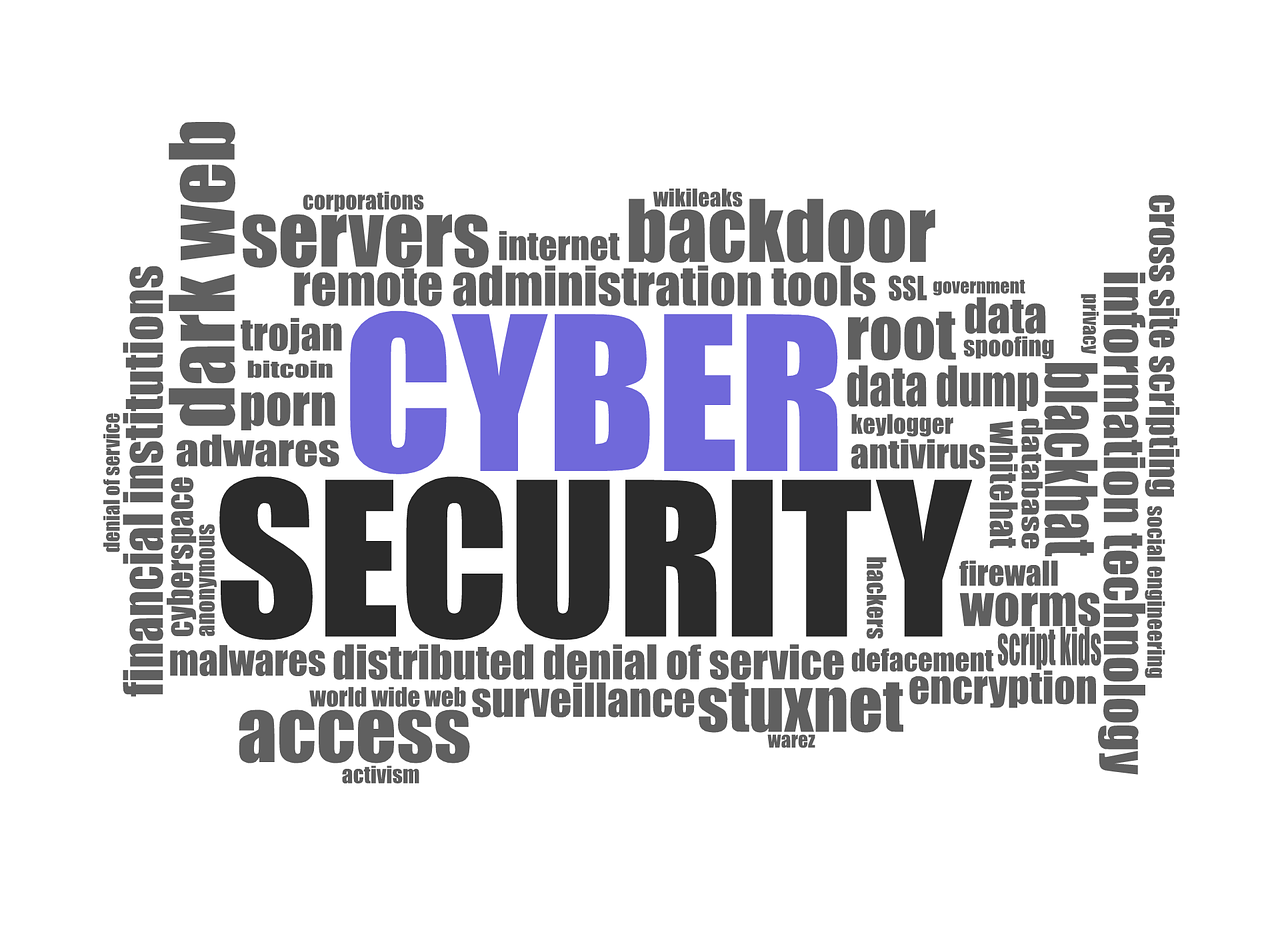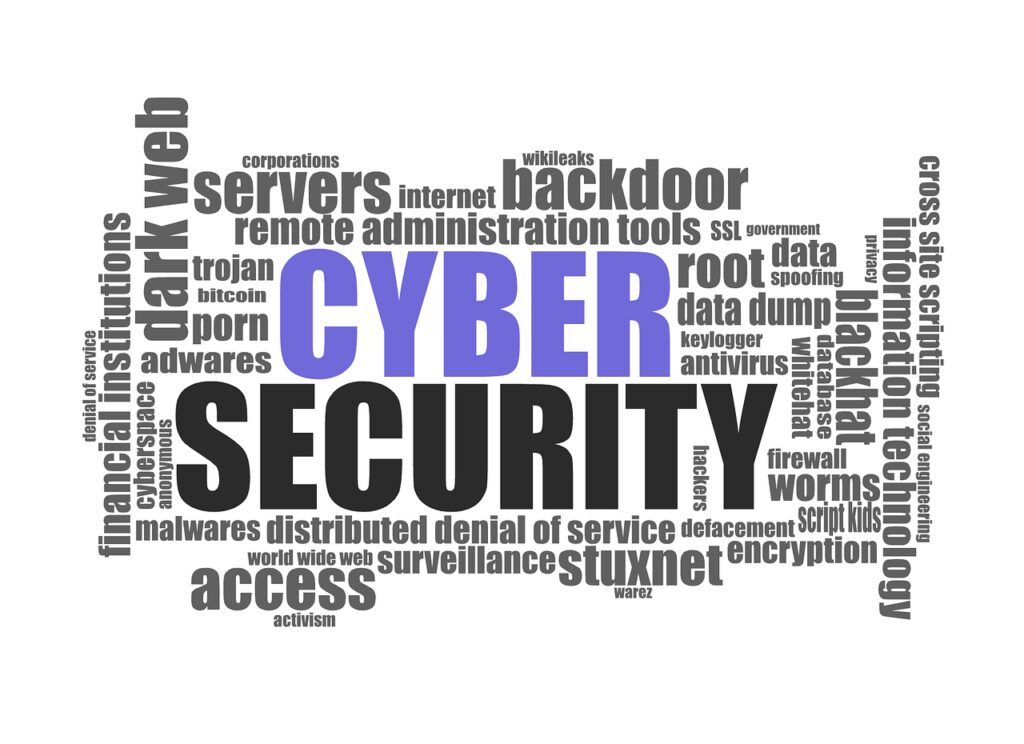Overcoming Challenges for Businesses with Limited Security Resources
Masters Of Sites
31/07/2024

In today’s digital world, businesses of all sizes face a myriad of cyber security challenges. From data breaches to ransomware attacks, the threats are constantly evolving and growing more sophisticated. For small and medium-sized businesses with limited security resources, navigating this complex landscape can be particularly daunting. In this comprehensive guide, we will delve into the key cyber security challenges faced by businesses and provide practical strategies to overcome them.
Challenge 1: Lack of Awareness and Training
One of the biggest challenges for businesses with limited security resources is the lack of awareness and training among employees. Many cyber attacks are successful due to human error, such as clicking on malicious links or falling victim to phishing scams. To address this challenge, businesses should invest in cyber security awareness training for all employees. This training should cover basic security practices, such as creating strong passwords, identifying phishing emails, and securing devices.
Challenge 2: Limited Budget for Security Solutions
Another common challenge for businesses with limited security resources is budget constraints. High-quality security solutions can be expensive, making it difficult for smaller businesses to afford comprehensive protection. To overcome this challenge, businesses can prioritize their security needs and invest in cost-effective solutions that provide the most value. This may include implementing basic security measures such as firewalls, antivirus software, and regular software updates.
Challenge 3: Complexity of Compliance Regulations
Businesses operating in certain industries, such as healthcare or finance, are subject to strict compliance regulations regarding data security and privacy. Ensuring compliance with these regulations can be a significant challenge for businesses with limited security resources. To address this challenge, businesses should conduct a thorough assessment of their compliance requirements and implement security controls to meet these standards. This may involve encrypting sensitive data, implementing access controls, and conducting regular security audits.
Challenge 4: Inadequate Incident Response Planning
In the event of a cyber security incident, such as a data breach or malware attack, businesses must have an effective incident response plan in place to minimize damage and recover quickly. However, many businesses with limited security resources lack a formal incident response plan, leaving them vulnerable to prolonged downtime and financial losses. To overcome this challenge, businesses should develop a comprehensive incident response plan that outlines roles and responsibilities, communication protocols, and recovery procedures. This plan should be regularly tested and updated to ensure its effectiveness.
Challenge 5: Outsourcing Security to Third-Party Providers
For businesses with limited security resources, outsourcing security to third-party providers can be an attractive option. However, this approach comes with its own set of challenges, including ensuring the reliability and effectiveness of the outsourced security services. To mitigate these risks, businesses should thoroughly vet potential providers, review their security practices and certifications, and establish clear service level agreements. Regular monitoring and communication with the provider are also critical to ensure that security requirements are being met.
Challenge 6: Balancing Security and Business Needs
A common challenge for businesses with limited security resources is balancing the need for strong security measures with the demands of day-to-day operations. Tight budgets and limited resources can make it difficult to implement robust security controls without impacting business productivity. To address this challenge, businesses should adopt a risk-based approach to security, focusing on protecting their most valuable assets and prioritizing security investments accordingly. Collaboration between IT and business stakeholders is essential to ensure that security measures support, rather than hinder, business objectives.
In conclusion,
cyber security is a critical priority for businesses of all sizes, especially those with limited security resources. By understanding the key challenges and implementing proactive security measures, businesses can enhance their resilience against cyber threats and safeguard their valuable assets. With a combination of awareness, training, budget-conscious solutions, compliance readiness, effective incident response planning, careful outsourcing practices, and a risk-based approach, businesses can navigate the complexities of cyber security with confidence and success. Remember, when it comes to cyber security, vigilance and preparedness are key to staying ahead of the curve and protecting your business from potential threats. Stay informed, stay secure, and stay resilient.
Recent Post
-
 22 Jun 2025Building Strong WiFi Hotspots & Networks in Africa: What It Really Takes
22 Jun 2025Building Strong WiFi Hotspots & Networks in Africa: What It Really Takes -
 21 Apr 2025Starlink's Entry into Uganda
21 Apr 2025Starlink's Entry into Uganda -
 13 Dec 2024My WhatsApp is Hacked
13 Dec 2024My WhatsApp is Hacked -
 29 Oct 2024Choosing the Best Fibre Internet in Uganda
29 Oct 2024Choosing the Best Fibre Internet in Uganda -
 12 Sep 2024Starting Your Own WiFi Hotspot Business
12 Sep 2024Starting Your Own WiFi Hotspot Business -
 31 Jul 2024Overcoming Challenges for Businesses with Limited Security Resources
31 Jul 2024Overcoming Challenges for Businesses with Limited Security Resources -
 11 Apr 2024Unleashing Creativity: Finding the Best Website Company for Web Development and Design
11 Apr 2024Unleashing Creativity: Finding the Best Website Company for Web Development and Design -
 24 Mar 2024Exploring Cybersecurity and Its Career Paths
24 Mar 2024Exploring Cybersecurity and Its Career Paths
Categories
Grow Your Business Today
Empower your business growth with our innovative solutions and strategic expertise. Start expanding your success today with our comprehensive services.








